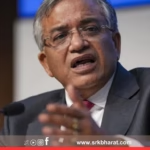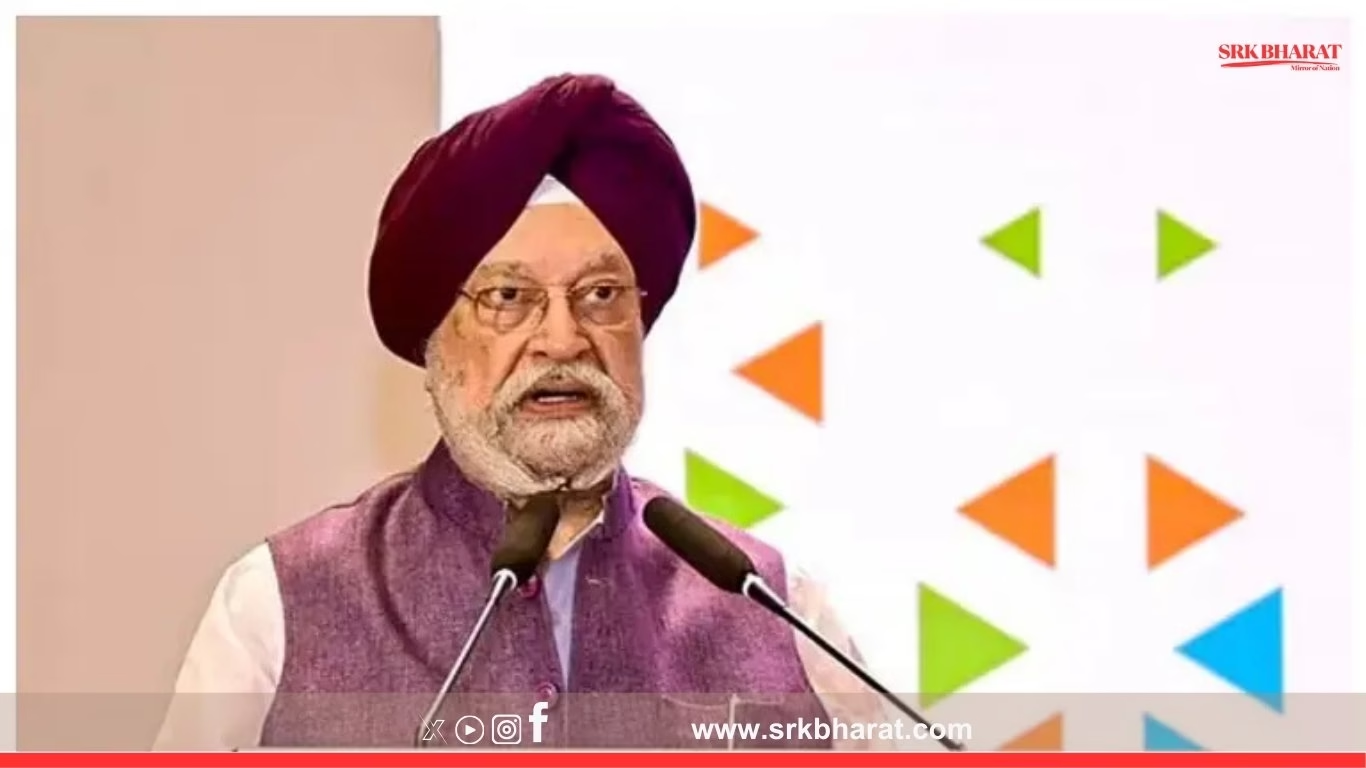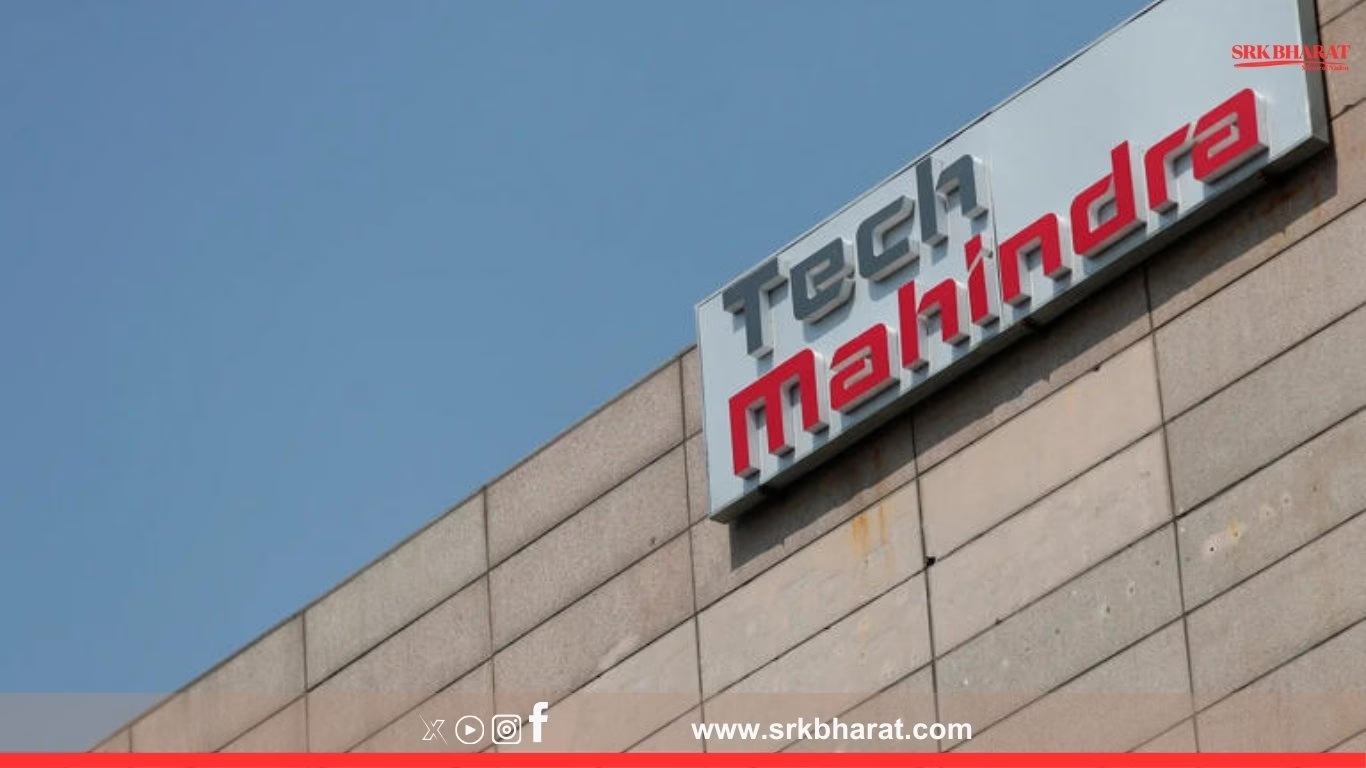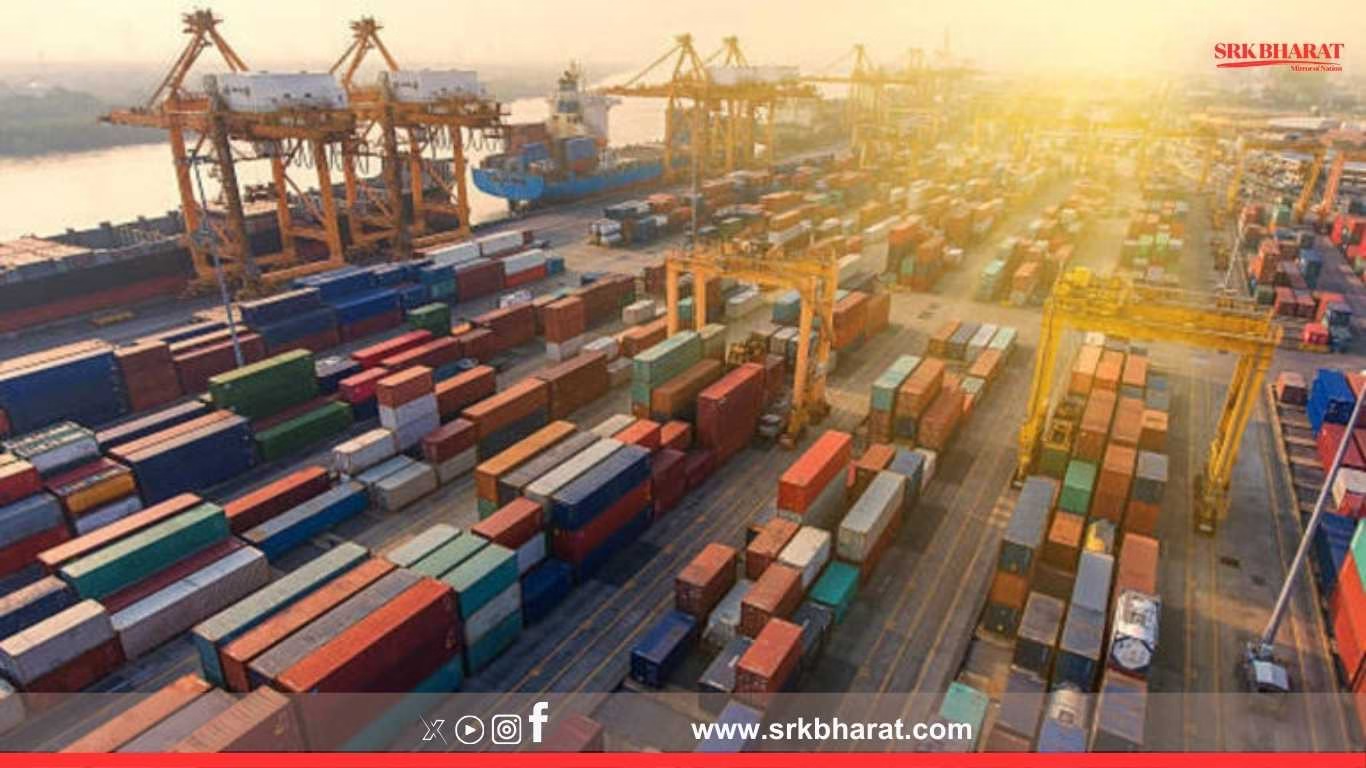In a significant statement underscoring India’s growing focus on energy security and sustainability, the Petroleum & Natural Gas Minister announced that the country is accelerating the expansion of its energy infrastructure to meet rising demand across industries, households, and transportation sectors. With India projected to be the fastest-growing energy consumer in the world, the government’s efforts are aimed at balancing affordability, accessibility, and sustainability while reducing import dependency.
The Minister emphasized that India’s energy journey will be marked by greater investments in pipelines, LNG terminals, oil refineries, renewable integration, and city gas distribution networks, alongside policies designed to ensure affordable energy for its 1.4 billion people.
Why Energy Infrastructure Expansion is Crucial for India
India is currently the third-largest energy consumer globally, after the US and China, and its energy demand is expected to double by 2040. Rapid urbanization, industrial growth, and the government’s ambitious electrification and clean energy programs are fueling this surge.
However, India remains heavily reliant on imports for crude oil and natural gas. Expanding domestic energy infrastructure is seen as a way to enhance energy security, attract investments, and support industrial competitiveness.
Key drivers of expansion include:
- Rising Energy Demand – Growing middle-class consumption and industrialization.
- Energy Transition Goals – Reducing carbon emissions while meeting demand.
- Job Creation – Large-scale energy projects generate employment opportunities.
- Global Investments – India is positioning itself as a major hub for energy partnerships.
Current Energy Infrastructure Status
| Energy Segment | Current Capacity (2024) | Expansion Target (2030) | Growth Drivers |
|---|---|---|---|
| Crude Oil Refining | 257 MTPA | 450 MTPA | Growing fuel demand, exports |
| Natural Gas Pipelines | 23,000 km | 35,000 km | Cleaner energy transition |
| LNG Terminals | 25 MTPA | 70 MTPA | Rising LNG imports |
| Renewable Integration | 180 GW | 500 GW | Green energy push |
| City Gas Distribution | 300 districts | 600+ districts | Urban clean energy use |
This clearly reflects India’s commitment to scaling up both fossil fuel-based and clean energy infrastructure to meet diverse needs.
Government Initiatives Driving Expansion
The Petroleum & Natural Gas Ministry, in collaboration with other stakeholders, has rolled out multiple initiatives:
- National Gas Grid Expansion – To ensure access to cleaner fuels across all states.
- Refinery Capacity Boost – Mega projects like the Ratnagiri Refinery aim to make India a refining hub.
- Energy Corridors – Pipeline networks connecting ports, industrial clusters, and cities.
- Green Hydrogen Push – Integrating new fuels into the traditional energy mix.
- Public-Private Partnerships – Encouraging domestic and foreign investors in energy infrastructure projects.
Balancing Fossil Fuels and Renewables
While the government acknowledges the role of oil and gas in meeting immediate needs, the Minister stressed India’s dual approach — expanding fossil fuel infrastructure while aggressively investing in renewables.
- Oil & Gas: India will continue refining capacity expansions and increase LNG imports to ensure energy availability.
- Renewables: Integration of solar and wind power with natural gas networks to ensure stable, clean energy supply.
- Green Hydrogen: Positioned as the fuel of the future, with infrastructure pilots underway.
Investment Opportunities in Energy Infrastructure
India’s push to expand energy infrastructure is opening vast opportunities for global and domestic investors.
| Investment Area | Estimated Requirement (2025–2030) | Key Opportunities |
|---|---|---|
| Pipelines & Gas Distribution | $60 billion | National Gas Grid, city networks |
| Refineries | $35 billion | Capacity expansions, exports to Asia/Africa |
| LNG Terminals | $20 billion | Coastal terminals, storage facilities |
| Renewable Integration | $100 billion | Solar-wind hybrids, battery storage |
| Hydrogen Economy | $25 billion | Electrolyzers, transport corridors |
With India’s pro-reform stance and demand-driven growth, energy infrastructure is becoming a magnet for capital inflows.
Minister’s Statement: People-Centric Energy Model
The Minister reiterated that the expansion is not just about industrial growth but about making energy accessible and affordable to every citizen. He pointed to the success of LPG penetration in rural households and the ongoing expansion of city gas distribution networks as examples of inclusive energy policies.
“India’s energy journey must reflect both growth and responsibility,” the Minister said. “We are building infrastructure that ensures every citizen, from a farmer in a remote village to a high-tech industry in a metro, gets reliable and affordable energy.”
Challenges in Expansion
Despite ambitious goals, India faces several challenges:
- High Import Dependency – Over 85% of India’s crude oil is imported.
- Volatile Global Prices – Geopolitical tensions impact supply and costs.
- Funding Needs – Massive capital investments required for pipelines and LNG infrastructure.
- Environmental Concerns – Need to balance industrial growth with climate commitments.
- Technology Gaps – Integration of advanced storage and hydrogen solutions still in early stages.
The government is working with global partners to mitigate these challenges while ensuring India stays on track to meet its energy targets.
The Road Ahead
India’s roadmap for energy infrastructure expansion focuses on three pillars:
- Energy Security: Diversified supply sources and domestic infrastructure.
- Sustainability: Integrating renewables and green fuels with traditional energy.
- Economic Growth: Making energy a driver for jobs, industries, and exports.
By 2030, India envisions itself as a global refining hub, a leader in clean energy adoption, and a reliable market for international investors.
Conclusion
The statement by the Petroleum & Natural Gas Minister highlights a transformative phase in India’s energy sector. With rapid infrastructure expansion, India is preparing to meet growing demand while building resilience against global shocks. The dual strategy of scaling up traditional oil and gas infrastructure alongside a clean energy transition reflects a pragmatic approach to growth and sustainability.
As the Minister aptly noted, “India’s energy story is about powering growth, empowering people, and protecting the planet.” With strong policy backing and rising investments, India’s energy infrastructure expansion could very well shape the future of global energy markets.
Disclaimer: This article is based on official announcements, industry trends, and expert projections. Actual outcomes may vary depending on global market conditions, investment flows, and policy execution.











